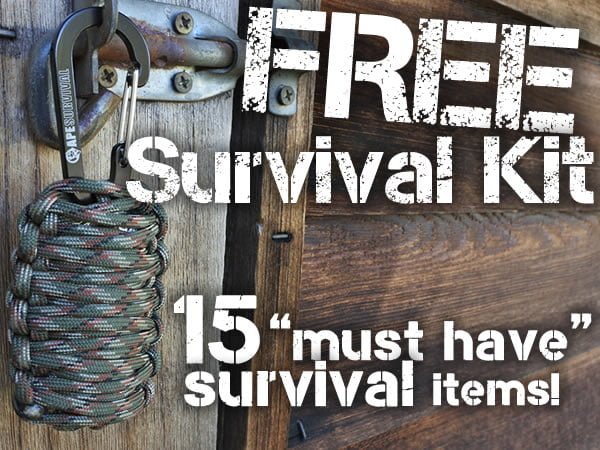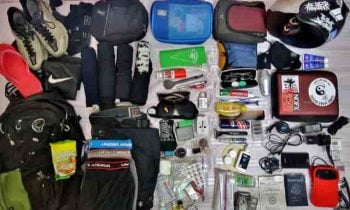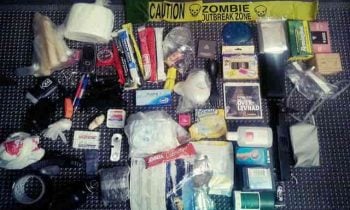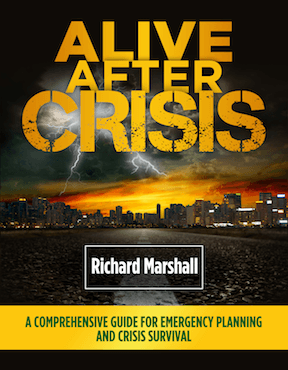If you’ve ever noticed, most stories about thieves tell a tale of people who are sneaking around, trying to be quiet and unnoticed while they get what they want and make a clean getaway.
That’s because the thief knows that making sounds attract attention. While you’re not a thief, you do want to keep in mind how one operates. You want to be able to bug out quickly with an emphasis on doing it quietly.
Not only is bugging out not the time to be singing out loud, clapping your hands to get attention or talking loudly on a communication device, it’s also not the time to have any item on your body or in your bug out bag that’s making noise.
This is one area that so many people fail to check ahead of time. Then disaster strikes, they grab their bug out bag and take off. But they’re leaving behind a sound trail that can alert others to their location.
Sounds attract the attention of anyone nearby and they can also echo. Depending on what’s making the noise, the sound can reverberate and lead a predator or an unsavory human right to your location.
Before the bug out situation ever happens, once your bag is packed, you need to check it to see if you’re able to move it without it making any noise. Don’t just pick it up and put it down.
You need to check it the way that you plan on wearing it. Strap it on and walk around with it. Take a short hike with it while listening for any sounds. If something is making noise, stop and find out what it is.
Rearrange your bag if you have to so that it’s silent. What some preppers do is pack their bug out bag, making sure it’s quiet, then set it aside somewhere, not thinking about it again until the day of crisis happens.
Then they grab it and go. The problem with that is that things can shift due to heat expansion, cold weather and the someone or something bumping the bag – especially if the bag isn’t tightly packed.
So then something is now making a noise. During the moment when you have to bug out, that’s not when you want to be trying to fix a sound that could draw attention to yourself.
Make sure that nothing is rattling, shifting, crinkling or clanging together. You also want to make sure your bag doesn’t give any creaking or scratching sounds when you’re on the move.


 Prepper Lifestyle
Prepper Lifestyle Silent Bug out Bag
Silent Bug out Bag Bug Out Partner
Bug Out Partner Don’t draw Attention
Don’t draw Attention No Multitask
No Multitask